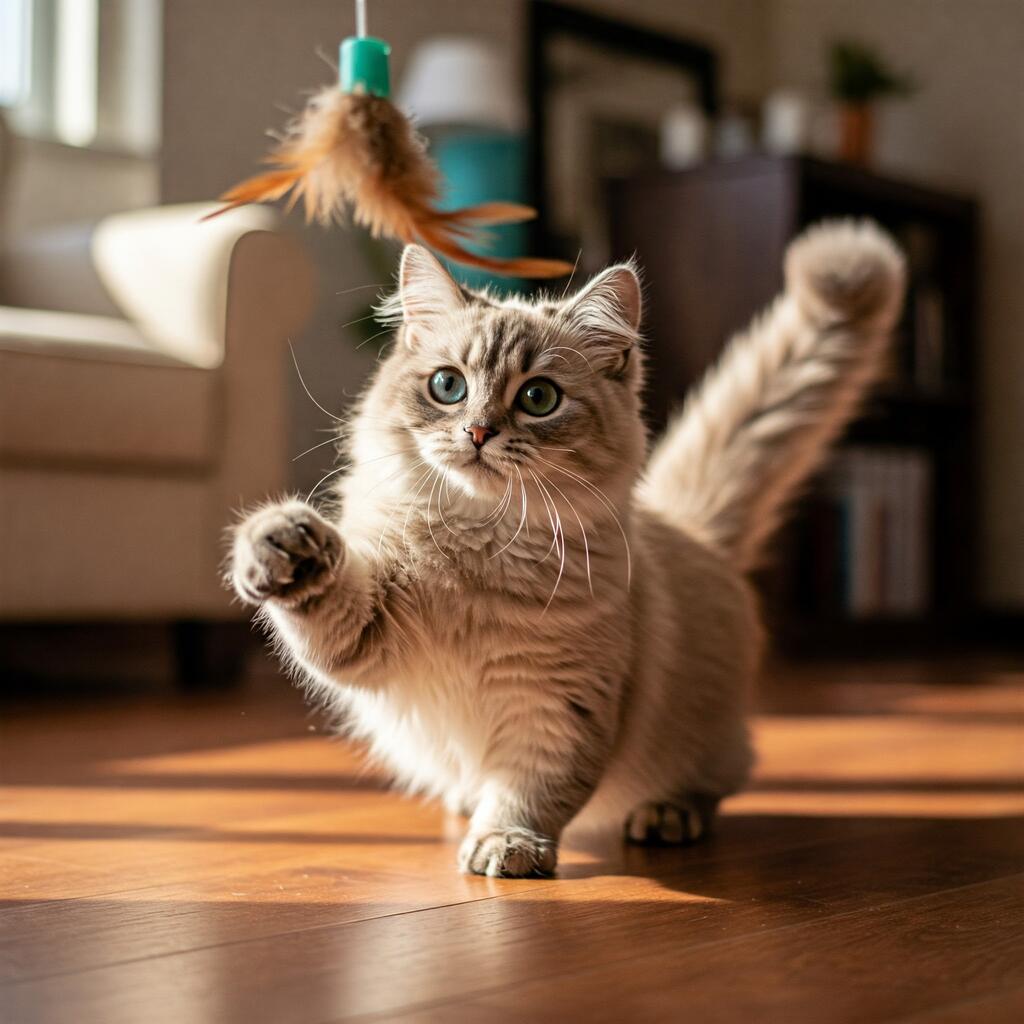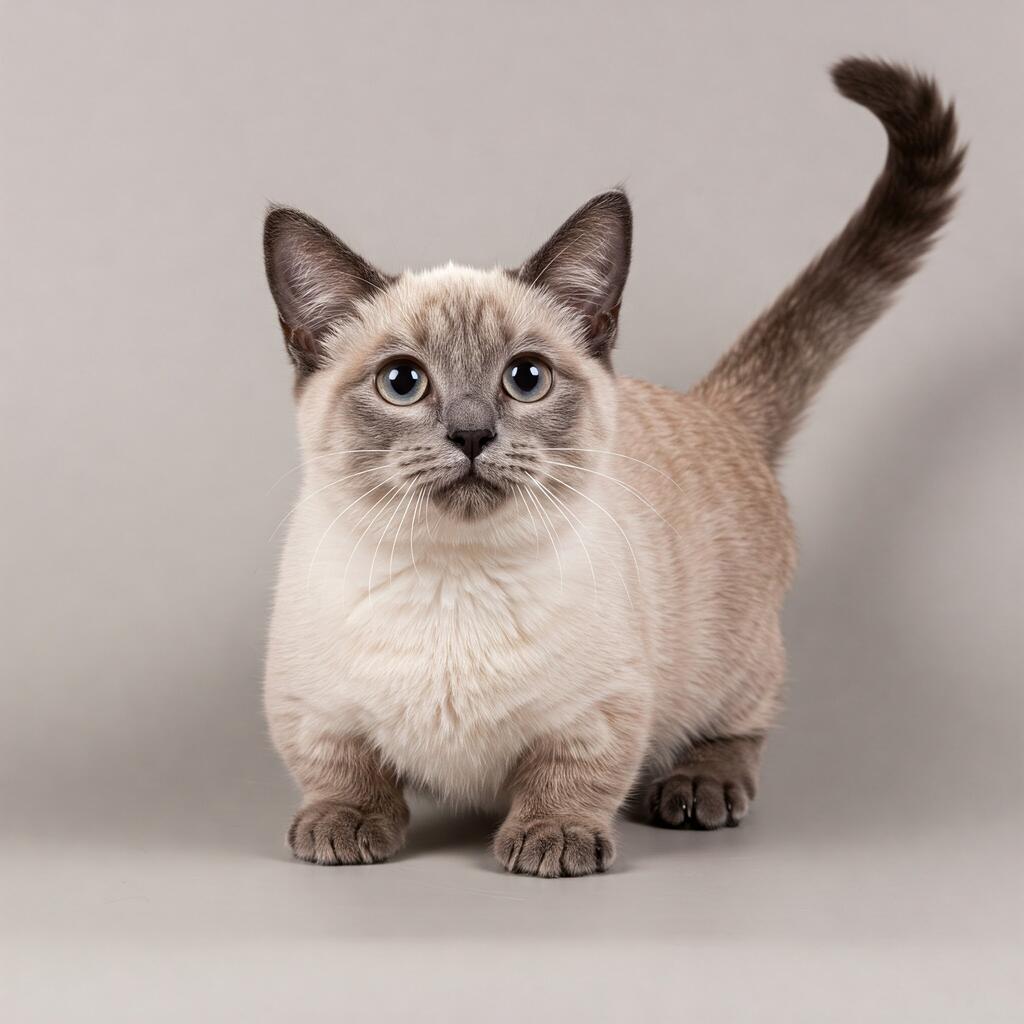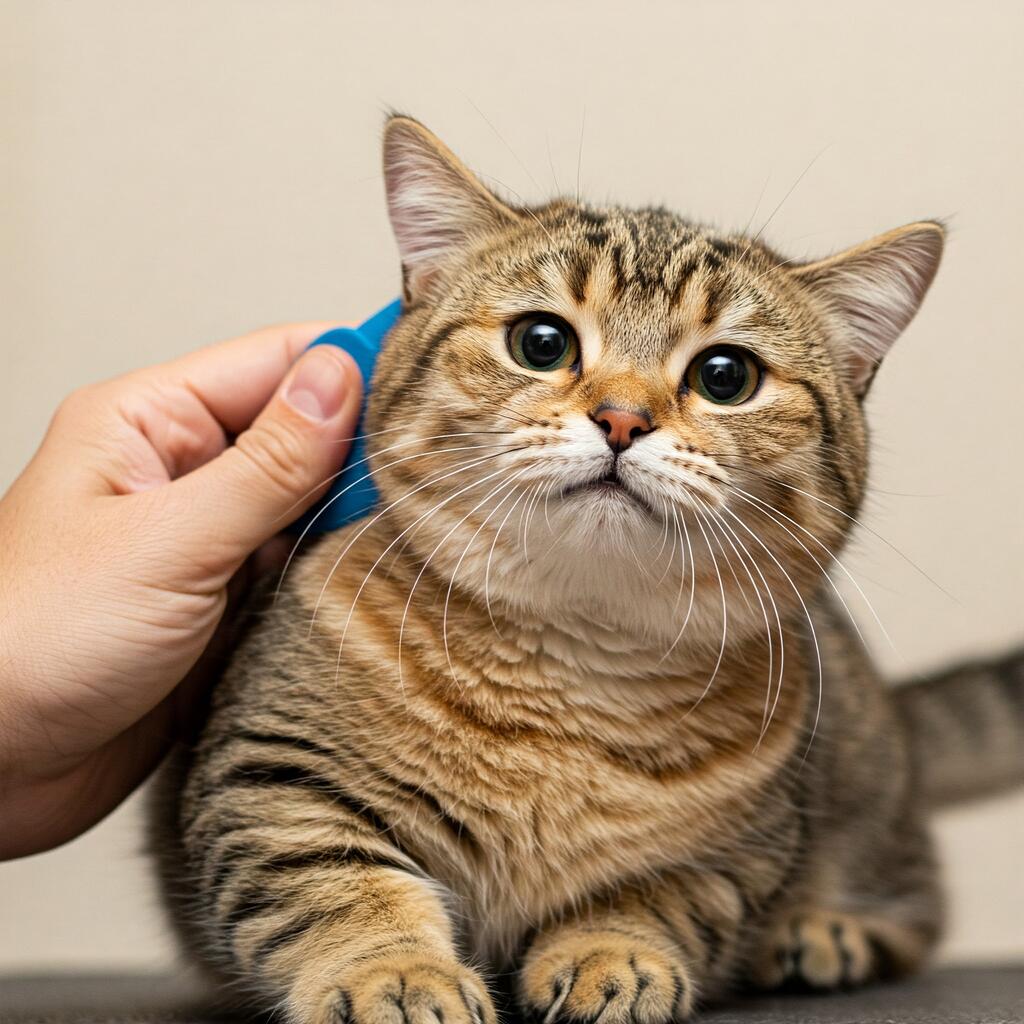
The Adorable World of the Munchkin Cat Breed
It is indeed a curious breed; it is called a dachshund cat because of its short legs. It was not, as one might think, created by man but came about almost by accident from short-legged cats born from a litter of ordinary kittens.
The progenitor of this breed seems to be called Blackberry, who had at least half of the kittens with short legs in each litter, which were then selected from among themselves, thus creating a true breed.
Its name is derived from the name of the dwarfs featured in the novel The Wizard of Oz. They are currently bred in America and France, in Italy there are no breeders of this breed.
Character of the Munchkin Cat

He is an extremely active cat, loves to run and climb, even though he does not jump as high as other cats because of his short legs. It is very well adapted to flat life, but a safe garden, where it is perhaps possible to climb on some plants, attracts it very much.
Unlike many other feline species, it loves to be in your arms and any time is good for curling up on someone's lap. This breed also has a special nickname: ‘magpie thief’, as it loves to steal small shiny objects to hide them and play with them later.
It is very intelligent and loves to be with children with whom it has remarkable patience. It is a cat that does not like to be alone much, so it would be suitable for elderly people or people who have time to devote to their feline friend.
Appearance of the Munchkin cat

The Munchkin cat is either semi-long-haired or short-haired, but in both cases it has a silky coat that is very pleasant to the touch. The colour of its fur can be as varied as white, black, grey, red and many different patterns.
The body is muscular and agile. The ears are particularly large and the tips are slightly rounded. The eyes are well spaced, slightly oblique with an almond shape and of different colours. The tail is very thick, long and slightly rounded at the tip.
Care and health of the Munchkin cat

Precisely because of his build he may have a tendency to put on weight, so it is advisable to offer him quality food. A wet diet is considered the most suitable for this type of cat. It is a cat with no major health problems.
Despite the small size of their legs, these felines do not seem to suffer from joint or spinal problems related to their height. They have a life expectancy of 12 to 15 years, but in many cases with proper care and diet they can live even longer.






















